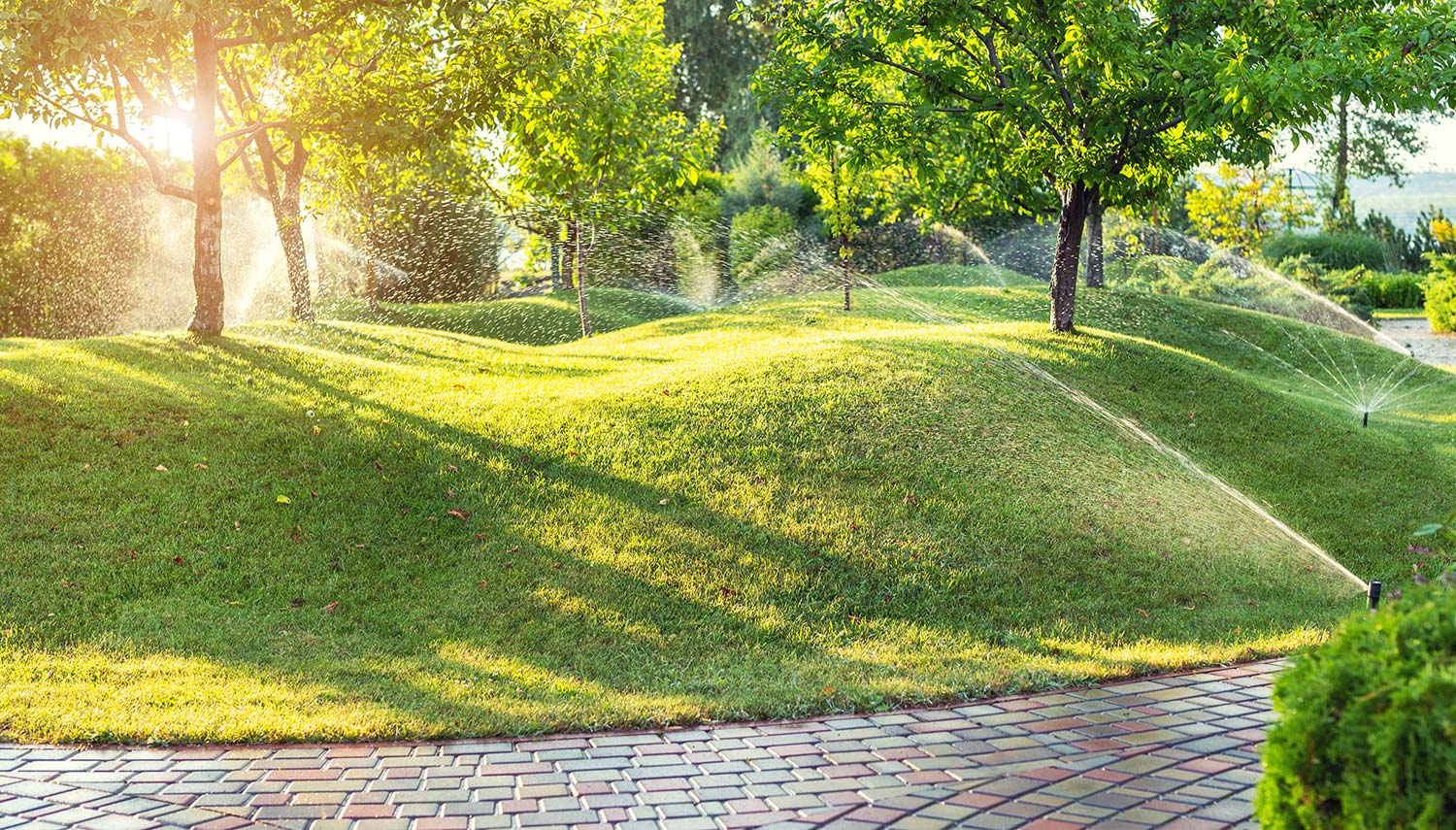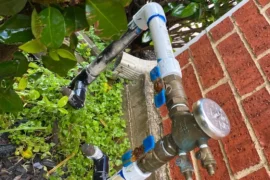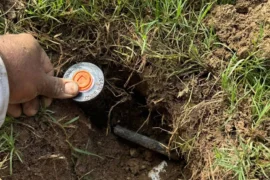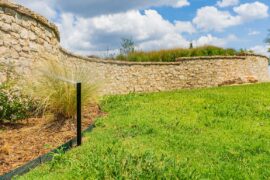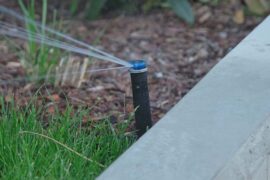When you’ve invested time, effort, and resources into your lawn or garden, it’s frustrating to watch your sprinkler system perform less like the powerful hydration tool it’s meant to be and more like a disappointing dribble. This underperformance not only affects the health and beauty of your landscape but can also lead to uneven watering, wasted water, and increased maintenance issues. Understanding why your sprinklers are barely spraying is the first step towards finding a solution.
Blockages and Clogs
One of the primary reasons sprinklers lose their vigor is due to blockages or clogs in the system. Dirt, debris, and mineral deposits can accumulate over time, restricting water flow through the sprinkler heads. When these blockages occur, they prevent the sprinkler from reaching its full range and reduce the water output to a mere trickle.
Regular maintenance is crucial for preventing blockages. This includes cleaning the sprinkler heads and filters periodically to remove any debris. Additionally, flushing the system at the start and end of the irrigation season can help clear out accumulated sediments. For systems using hard water, installing a water softener or using a descaling agent can minimize the buildup of mineral deposits.
Ignoring blockages not only affects the performance of your sprinklers but can also lead to more significant issues down the line. Reduced water flow increases the strain on your irrigation system’s pump and can cause premature wear and tear. Keeping the system clean and free from debris is a simple yet effective way to ensure optimal performance and longevity.
Pressure Problems
Water pressure plays a crucial role in how well your sprinkler system operates. Both too much and too little pressure can lead to weak spraying. Low pressure results in insufficient force to fully extend the sprinkler heads or to disperse the water evenly across your lawn. Conversely, too high pressure can cause the water to mist, leading to evaporation and inefficient watering.
To diagnose pressure issues, it’s advisable to use a pressure gauge to measure the water pressure in your system. If the pressure is too low, it may be necessary to increase it or install a booster pump. For high-pressure problems, pressure-reducing valves or flow control nozzles can help manage the water flow and ensure it’s within the optimal range for your sprinklers.
Addressing pressure issues not only improves the performance of your sprinkler system but also contributes to water conservation. By ensuring the water is dispersed efficiently and effectively, you can reduce runoff, evaporation, and waste, leading to a healthier landscape and lower water bills.
Sprinkler System Design and Setup
Sometimes, the root of weak sprinkler performance lies in the design and setup of the irrigation system itself. Incorrectly sized pipes, poorly spaced sprinkler heads, and inadequate zoning can all contribute to underwhelming water output. An efficient system is designed to match the specific needs of your landscape, taking into account the type of soil, vegetation, and the slope of the land.
Reviewing your system’s design can reveal opportunities for improvement. For instance, adjusting the placement of sprinkler heads to ensure even coverage or adding additional zones to manage water flow more effectively can make a significant difference in performance. Additionally, using the right type of sprinkler heads for your landscape’s needs (e.g., rotor heads for large areas, spray heads for smaller zones) can enhance efficiency and effectiveness.
A well-designed irrigation system not only addresses weak spraying issues but also promotes a healthier landscape. By delivering the right amount of water where and when it’s needed, you can support the growth of your plants, reduce the incidence of diseases, and maintain the aesthetic appeal of your outdoor space.
Seasonal Changes and Their Impact
The seasons bring about varying conditions that can influence the performance of your sprinkler system. During the warmer months, increased evaporation rates and higher water usage can strain your irrigation system, potentially leading to weak spraying. Conversely, in cooler months, the risk of freezing and thawing can damage components, affecting water flow and pressure.
Adapting your irrigation practices to the season is vital for maintaining an efficient system. This might involve adjusting watering schedules, ensuring proper winterization of the system to prevent freeze damage, and performing regular checks for leaks or damage that can result from seasonal shifts. Staying proactive about seasonal maintenance can help prevent many of the issues that lead to weak spraying and ensure your system is ready to perform optimally no matter the time of year.
Wear and Tear
Like any mechanical system, sprinkler systems are subject to wear and tear over time. Components can become worn out, damaged, or misaligned, all of which can contribute to weak spraying. Sprinkler heads might become clogged with dirt or debris, valves can leak or fail to open properly, and pipes may develop cracks or breaks.
Regular inspection and maintenance are essential to identifying and addressing wear and tear before it leads to significant performance issues. Replacing or repairing damaged parts not only improves the efficiency of your sprinkler system but also extends its lifespan. For example, replacing a worn-out sprinkler head can restore proper water flow and distribution, significantly improving the watering effectiveness of your system.
The longevity of your sprinkler system is heavily dependent on how well it is maintained. By adopting a proactive approach to maintenance, you can avoid many of the common issues that lead to weak spraying and ensure that your system remains a reliable asset for keeping your landscape vibrant and healthy.
User Errors and Mismanagement
Sometimes, the problem isn’t with the sprinkler system itself but with how it’s being used or managed. Incorrect settings on the controller, improper adjustments to sprinkler heads, or failing to adjust watering schedules based on weather conditions can all lead to underperformance.
Becoming familiar with your sprinkler system’s settings and how to adjust them is crucial for efficient operation. Many systems now come with smart controllers that can automatically adjust watering based on real-time weather conditions, helping to optimize water usage and reduce the likelihood of user errors impacting performance.
Conclusion
Weak spraying from your sprinkler system can be a symptom of various underlying issues, from blockages and pressure problems to system design flaws, seasonal impacts, wear and tear, and user errors. Identifying and addressing the specific cause of the issue is key to restoring your system’s efficiency and ensuring your landscape receives the hydration it needs to thrive.

